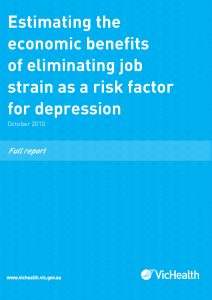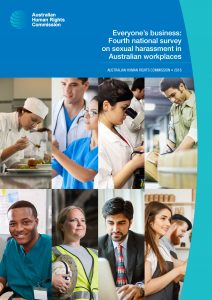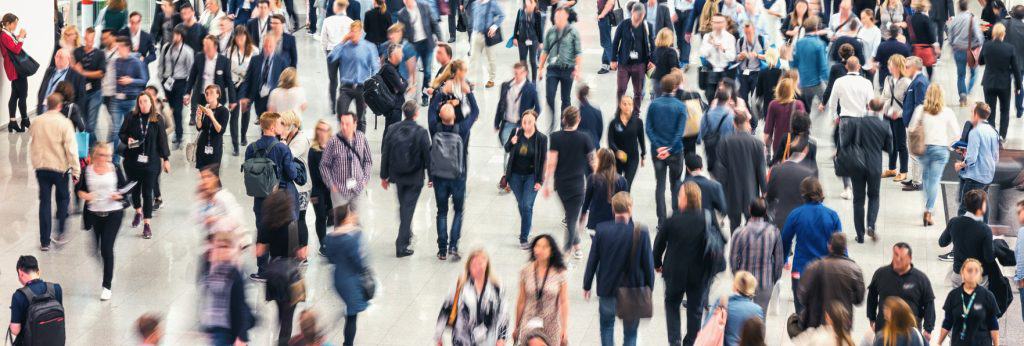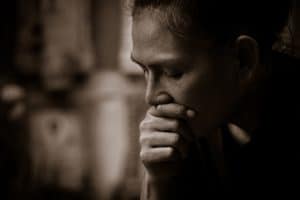 The Centers for Disease Control and Prevention (CDC) has recently written about suicide prevention and the organisational structures that can contribute to poor mental health. The prominence of the CDC should result in a spate of media reports about this NIOSH Science Blog article.
The Centers for Disease Control and Prevention (CDC) has recently written about suicide prevention and the organisational structures that can contribute to poor mental health. The prominence of the CDC should result in a spate of media reports about this NIOSH Science Blog article.
Evidence of the link between the two has been building in Australia for some time through the work of several researchers. The CDC/NIOSH draws on



 The Victorian Parliament continues to consider the
The Victorian Parliament continues to consider the 
 Conversations about occupational health and safety (ohs) occur very rarely unless you are an educator who talks about this stuff every day. We manage health and safety and advise on it but rarely get a chance just to talk about safety with peers. This is where documents like the
Conversations about occupational health and safety (ohs) occur very rarely unless you are an educator who talks about this stuff every day. We manage health and safety and advise on it but rarely get a chance just to talk about safety with peers. This is where documents like the